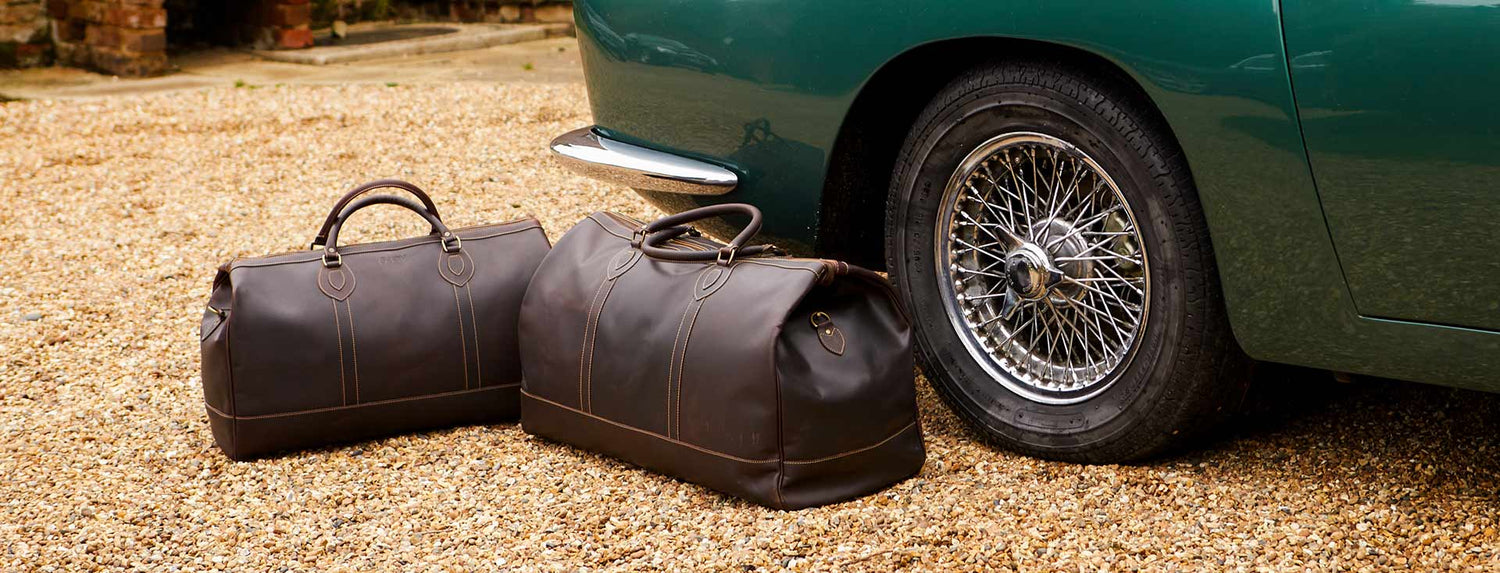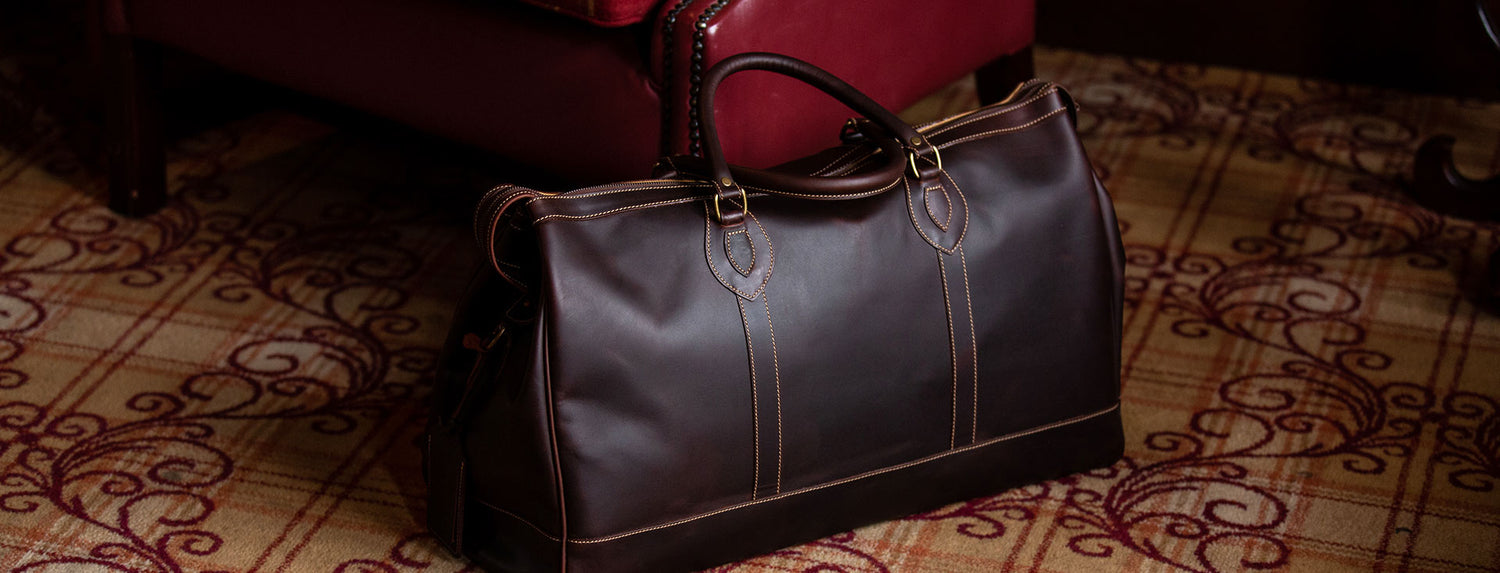10 Things To Know When Choosing A Luxury Weekend Bag
With prices for top-end weekend bags often carrying an extra digit or even two than their budget alternatives, how do you know whether you’re getting good value for your big-ticket spend, or if you’re just paying for the big-brand name on the side of it?

1. There will be leather
Almost all luxury bags feature leather – for good reason, it is simply the best material for the job. But is it full-grain leather? As discussed fully in our blog on the difference between split leather and full-grain leather, for a long-lasting, quality piece of luggage, the leather on your bag wants to be top-quality and full-grain. These two things make the leather expensive, but it’s worth it, and it’s something we won’t compromise on. If the leather on your luxury weekend bag doesn’t smell richly and deliciously of leather, if there is a hint of something plasticky about it, keep shopping – there is no room for petrochemicals here.
2. Other materials
If the bag is not 100% leather, consider the other materials it is made from. Durability is essential, so a certain weightiness is to be expected – thin fabrics will generally not last the distance. Consider too if any fabrics are water or stain-resistant. In truth, we generally don’t get trapped in many major downpours, but airports and trains are often quite dusty and dirty, so a resistant, cleanable fabric is essential. Our canvas is all treated with a stain-repellent fabric protector and our leathers, being full-grain are eminently cleanable.
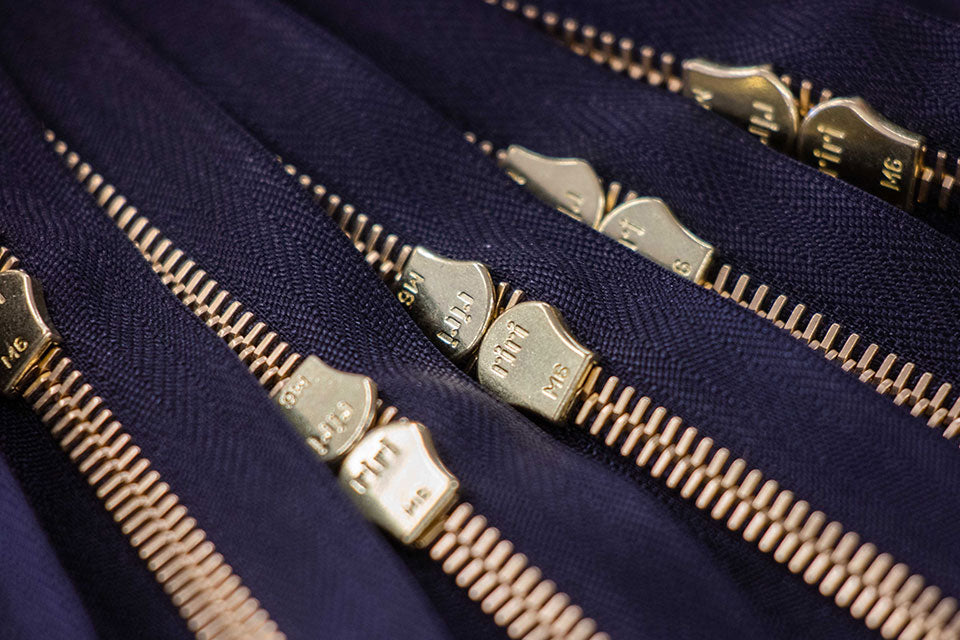
3. The Zip
As any mechanical engineer will tell you, moving parts are the ones that wear out first and are most vulnerable to repeated use. The principal moving part on a piece of luggage is the zip. As such, you don’t want it to fail from the frequent use that you hope to put your luxury weekend bag to! A metal zipper will stand up to far more use than a plastic one, and the better engineered that zip is, the longer it will last. The Swiss zip maker, Riri, is considered the ‘Rolls Royce of zippers” and is, in our experience, deserving of this title, having tried all of their competitors.
4. The Fittings
Other fittings include metal frames and fasteners, zip-pulls (which can be plastic, leather, fabric, or metal) and base studs. All add cost to the construction, so this is a place that designers can cut corners to reduce cost. Look for sturdy fittings that have enough substance to withstand many uses whilst not fading, stretching or (in the case of cheaper, coated metals) peeling.
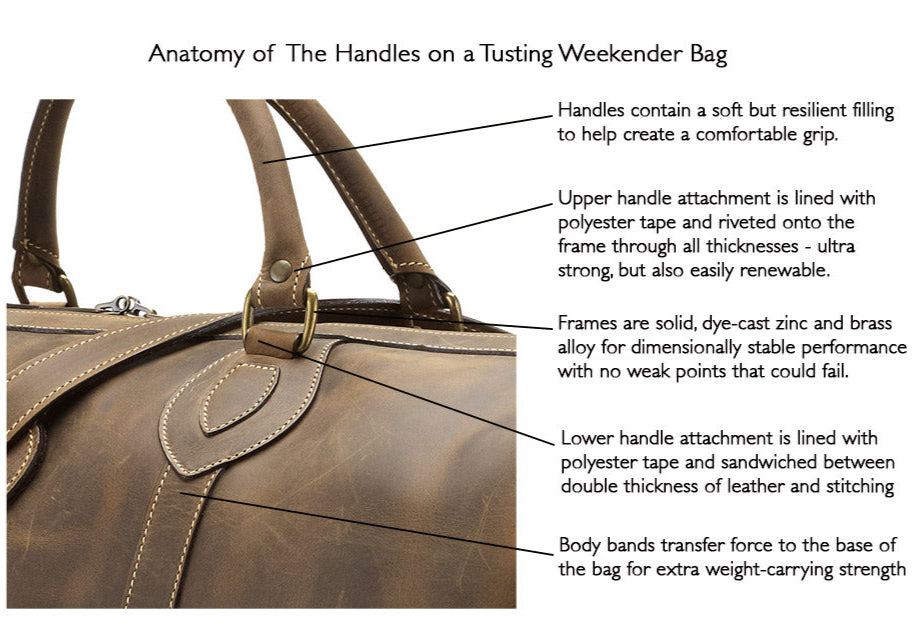
5. The Construction
How a large bag such as a weekend bag is actually designed and put together is critical to its strength and durability. There may end up being a considerable weight to carry when full, and the moment of picking it up is when most force is brought to bear on the handle attachments. So, the bag needs to be intrinsically capable of taking the load and also designed to withstand the peak force of being picked up, or caught by a handle by accident.
‘Body bands’ are a useful addition, plus a strong base to support them. Reinforced handle attachments are essential and if handles are leather, they must be full-grain for maximum strength.
6. The handles
Are they comfortable, yet sturdy to hold? A bag should be easy to hold in all ways intended – by carrying handles, a shoulder strap, or even back-pack style straps. Handles are a chief area of wear, look for handles that are attached to a frame – it makes them more easily replaceable and also lets them fold down out of the way when not in use – this helps access to the bag itself.
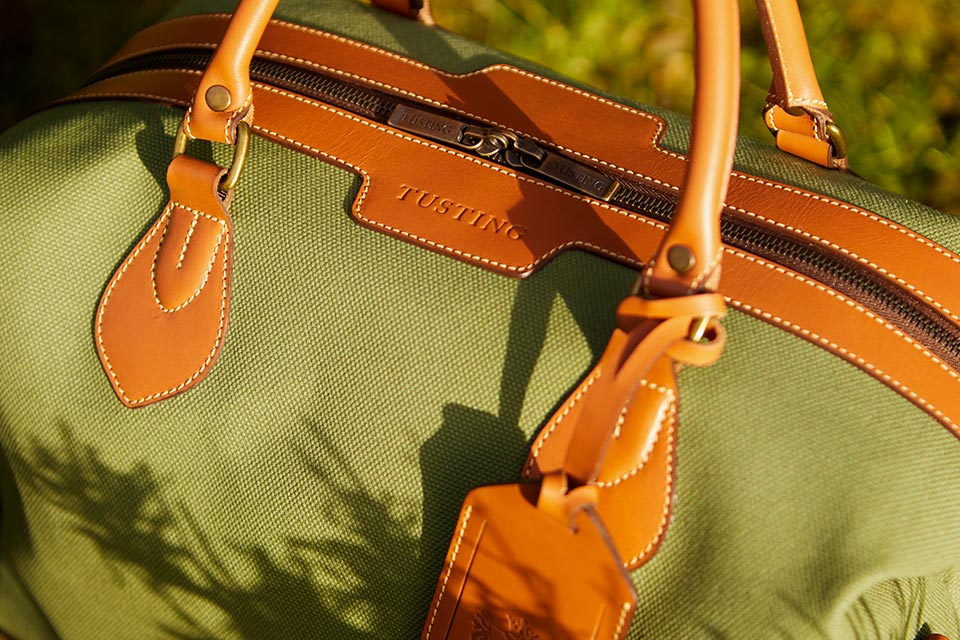
7. Workmanship Details
Expert finishing is time-consuming and therefore pushes up the cost of your bag – if you are paying a lot, look at the level of finish. All of the leather in your bag should have carefully finished edges. If cut edges feature, they should be edge-stained and buffed smooth (no rough hairy bits!), otherwise, edges should be turned in or piped. Stitching should be even and straight, with ends all hidden or sealed off to prevent hand-tails and fraying. Is the bag straight and balanced?
8. Features
It may seem counterintuitive initially, but cheaper bags often feature more pockets and features than their premium alternatives. This is because they often make up for their low-cost materials and mass-produced construction with a plethora of distracting detail. This work is time-consuming to create and therefore it is normal for more luxurious weekend bags to work with a more considered and minimalist approach, using considered essentials rather than a ‘more is more’ default. The important thing is that there is enough detail included to make your weekend bag useful to you, and this means a few good pockets and thoughtful design.
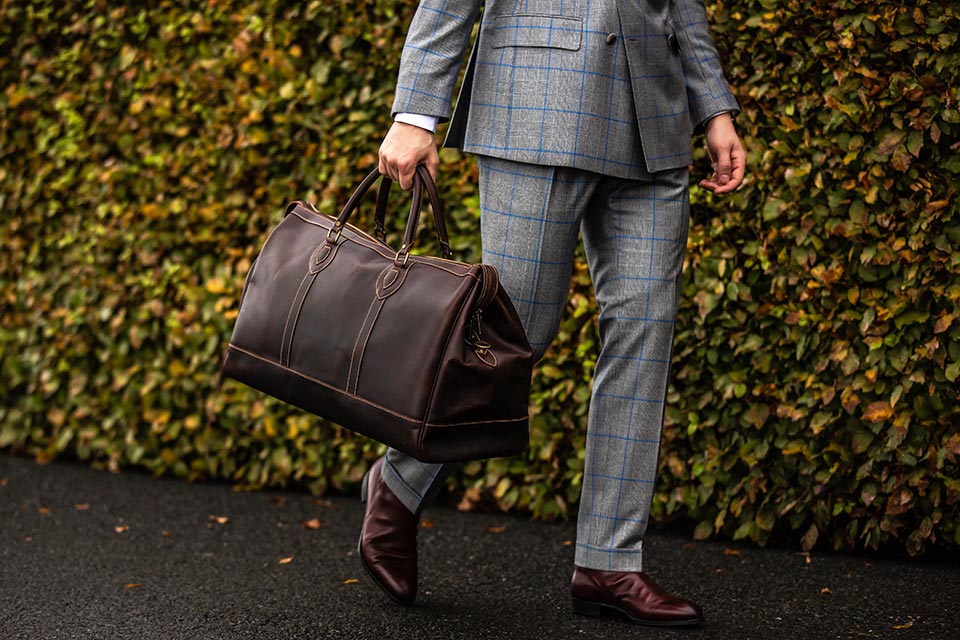
9. Does it actually work?
This might seem like stating the obvious, but a weekend bag that’s awkward to use, typically because the entrance is too small for easy access, is just an irritatingly unhelpful companion. One that is well-designed, giving a wide opening that allows for a clear view and easy packing and unpacking will instead be a friendly ally for your adventures.
10. Who made your bag and will they stand by your bag?
Where was the bag made and is the brand (and its staff) accessible to you and committed to supporting your ownership of your new weekend bag? Does it come with a long-term promise of care if something goes wrong or proves to be faulty? Can it be repaired? A brand that manufactures its own goods, rather than one that contracts the making to a third-party factory, will be far better placed to repair its goods.
A luxury weekend bag is a serious investment and possibly a once-in-a-lifetime purchase. You’ll want it to be a rewarding decision, giving you a bag that brings pleasure every time it is used and a long life span to enjoy it for. That’s not just a good-value aim though – the longer your new bag serves you, the more fundamentally sustainable it is. Furthermore, if the materials it is made of are sustainable in themselves, then there’s a win-win for the planet too.
Read more about the sustainability of our goods here.


